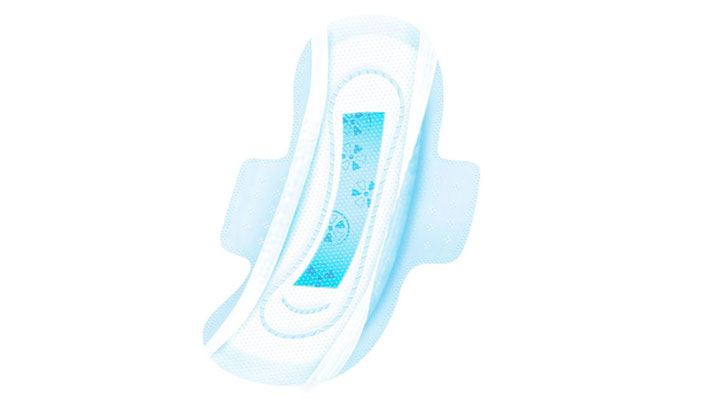1. Sterile barrier performance is lost after use
According to research, the shelf life of sterile articles is closely related to the thickness of the non-woven fabric and the number of layers of the cloth. Disposable Spun Bonded Nonwoven Fabrics, after a series of high temperature steam sterilization and chemical washing, the fiber structure is deformed, the pores are sparse, the thickness is reduced, and even the small holes which are not easily noticeable to the naked eye, the bacteria inhibition rate will suddenly drop. Or lose the resistance to bacteria. The requirements for packaging materials in the Disinfection Technical Specification are: to provide a bacterial barrier during storage to maintain sterility. If the device is packaged in a single-use packaging material, the storage after sterilization cannot be safely valid.
2. Internal microscopic properties change after sterilization
Spun bonded nonwoven fabrics are generally SMS composite nonwovens. The main material of this kind of non-woven fabric is polypropylene, which is processed through multiple processes through melt-blown and spunbonding processes. The microstructure is fine plastic fiber. Shrinkage is the characteristic of plastic articles after high temperature. There is no plastic that is really resistant to high temperature, and high temperature resistance is also a relative concept. Therefore, the non-woven fabric will have a corresponding shrinkage reaction at the microscopic level.
After high temperature sterilization, the fine plastic fibers of the non-woven fabric will shrink to a certain extent. The use of the non-woven fabric after sterilization is more brittle than before sterilization, and the flexibility is reduced. The change in non-woven packaging materials is one of the reasons why 100% Polypropylene Non Wovens Fabrics can only be used once.
